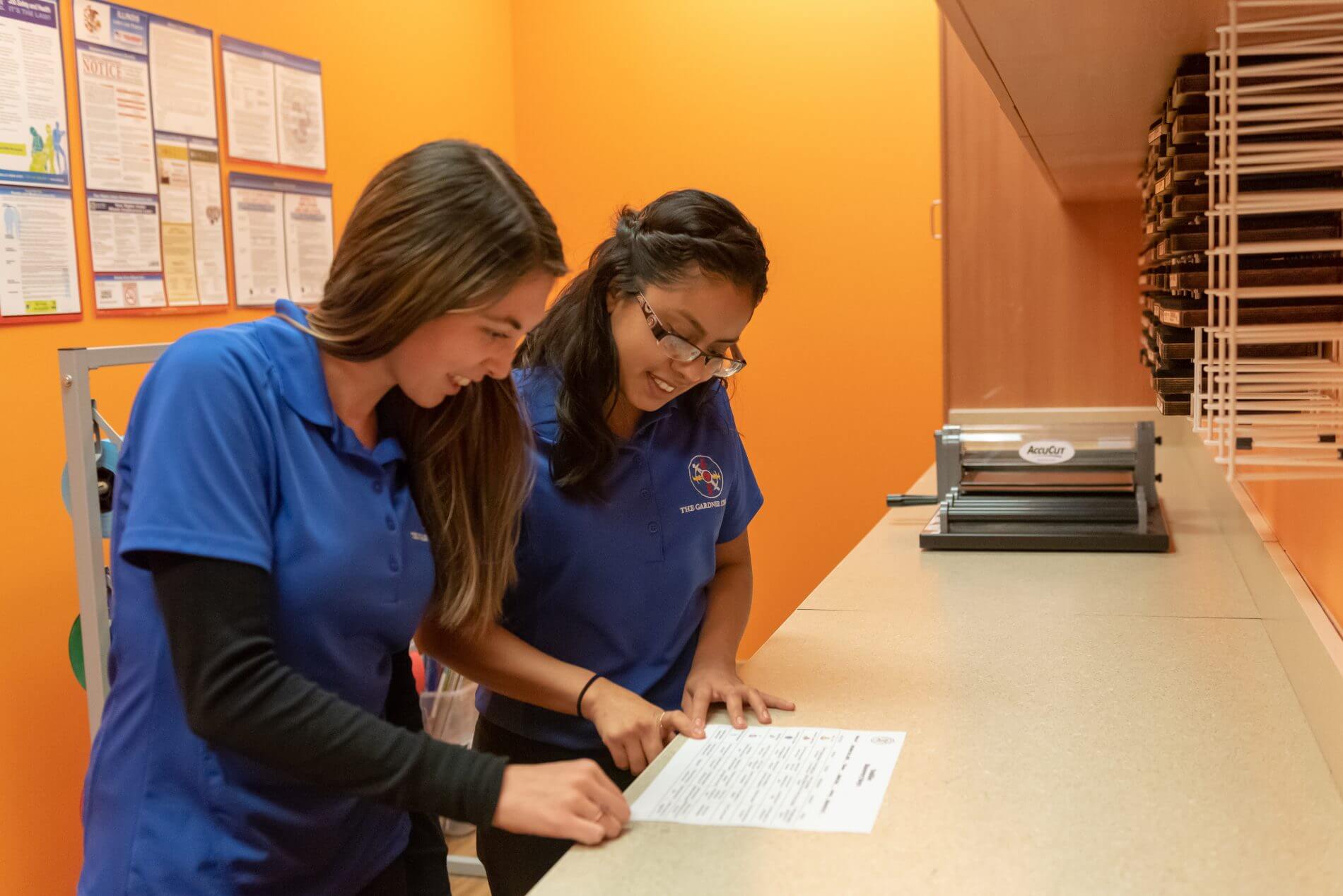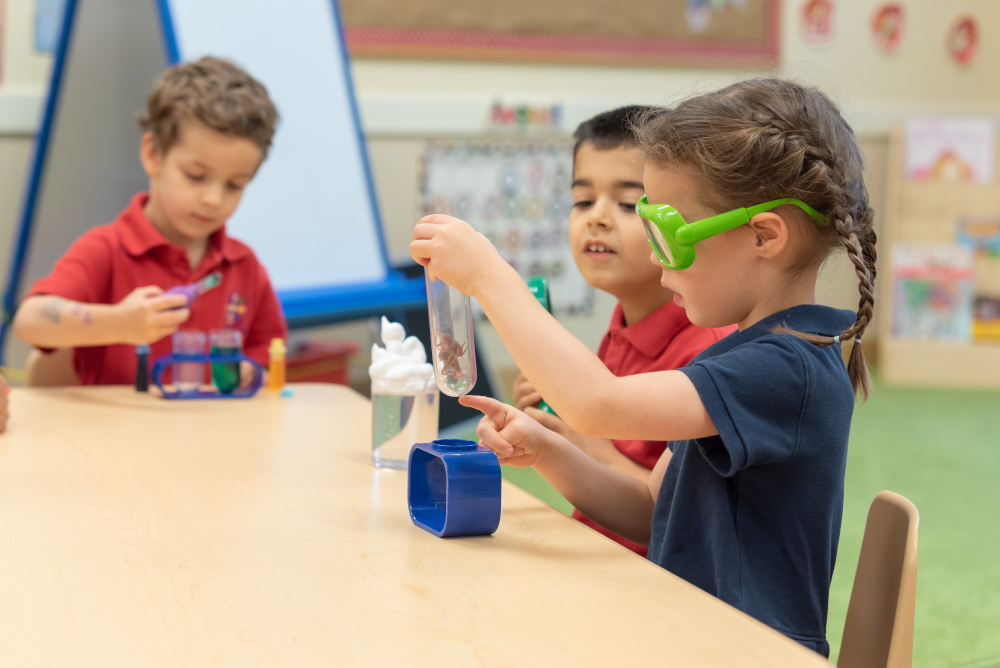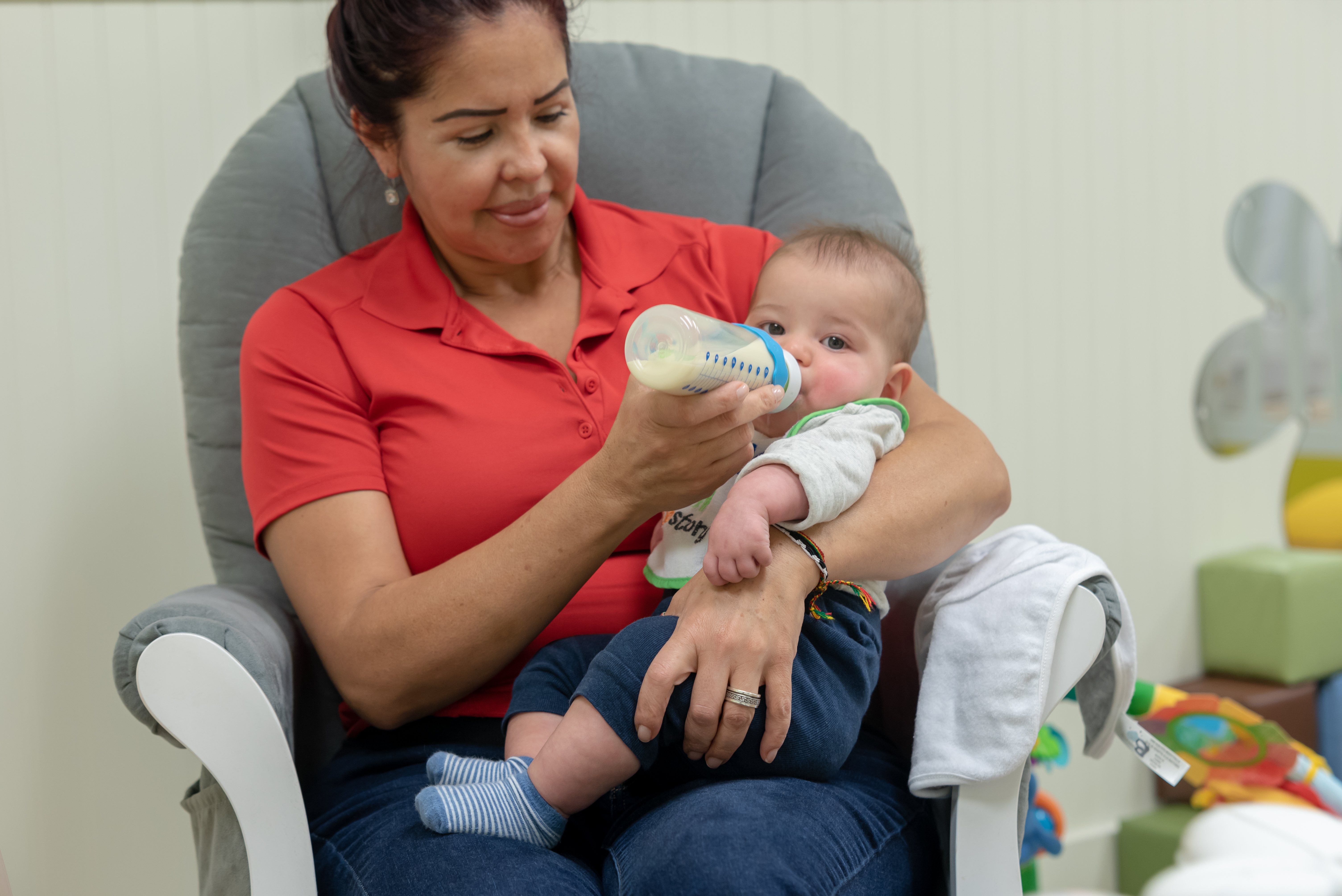
Every parent knows the old saying, “It takes a village to raise a child,” is absolutely true. While there are many important factors to consider when it comes to choosing a preschool with an outstanding reputation, collaboration and communication have become essential priorities for many parents—and for good reason.
Great preschool teachers understand the value of collaboration. Young students are best prepared for elementary school when their preschool teachers work together with families, other staff members, and supervisors.
The Gardner School believes collaboration is a cornerstone for how we approach early childhood education. We recognize that helping children grow hinges on the collective responsibility of parents, teachers, and staff. At each of our schools, we prioritize and nurture a culture of collaboration so that children may grow in every developmental area.
4 Ways Collaborative Teaching Plays a Key Role in Early Education
Here are four specific ways a collaborative environment helps create the best possible setting to help toddlers and preschoolers develop:
Collaboration is essential for providing customized care for each child. A collaborative teaching environment ensures that teachers can identify and understand the individual differences in growth and background for each child. It ensures that the specific needs of each child and family are met.
Collaboration is key for an effective relationship between parents and teachers. A collaborative teaching environment actively involves each family in planning and decision-making regarding their child’s individual development and learning needs. Regular and consistent communication about your child’s progress isn’t just a valuable asset for parents, but it also benefits teachers as well.
Collaboration is vital for creating an exceptional preschool staff. Our teachers work together throughout the week. They learn from and support each other with ideas and insight they’ve learned while getting their degrees, gained through experience, or attained through our continuing education programs. This ensures our teachers are consistently growing and learning simultaneously with our students.
Collaboration enhances the developmental skills children learn. Helping children acquire life skills requires just as much collaboration as more academically-focused lessons. Take potty training for example. This milestone requires a significant amount of collaboration between parents and teachers. At The Gardner School, our teachers work hand-in-hand with parents and other staff members to ensure our students are developing in every area—physically, emotionally, and socially.
Experience the Difference a Collaborative Teaching Environment Can Make
Our collaborative teaching environment is just one of the many differentiators that set The Gardner School apart from other preschools. It’s one of the biggest reasons why parents choose The Gardner School. If you want to learn more about our approach or to experience the advantages an academic preschool can make for your little one, we’d love to meet you. Start by meeting our teachers or scheduling a tour at The Gardner School near you today!



